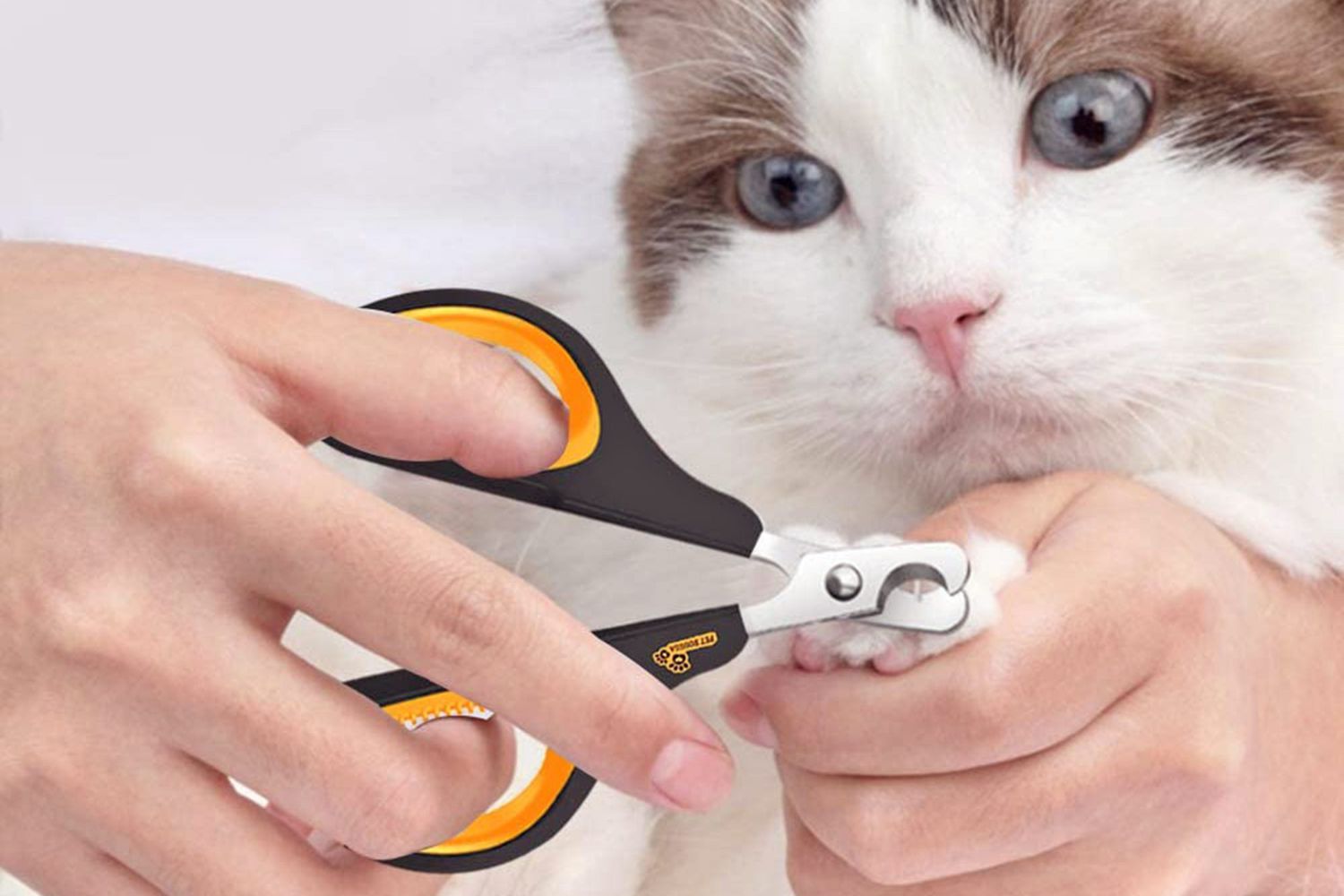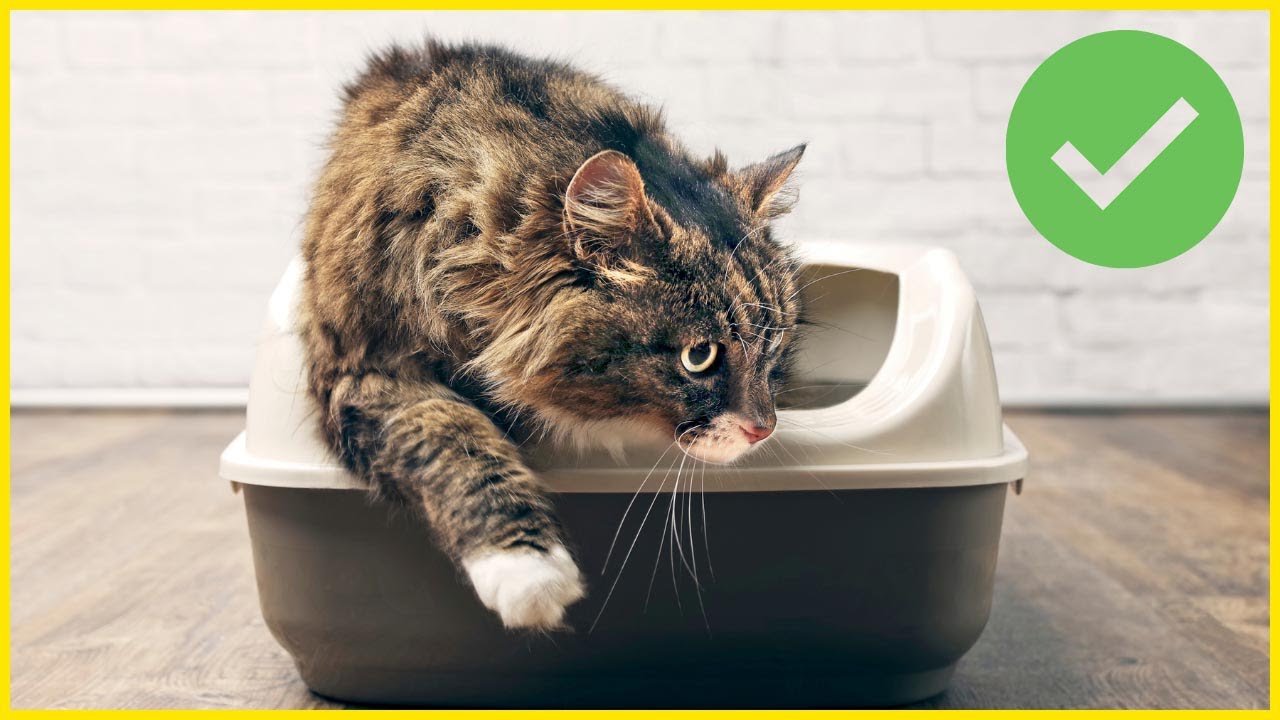Cats are natural scratchers, and their claws play a vital role in their daily lives—from climbing and hunting to marking territory. However, indoor cats often need a little help maintaining their claws, which is where nail clippers for cats come in. Regular nail trimming is essential for your cat’s health, comfort, and the safety of your furniture (and skin!). In this comprehensive guide, we’ll explore everything you need to know about nail clippers for cats, including the best types, how to use them safely, and tips for making the process stress-free for both you and your feline friend.
Why Trim Your Cat’s Nails?
Before diving into the world of cat nail clippers, it’s important to understand why trimming your cat’s nails is necessary:
- Prevent Overgrowth: Overgrown nails can curl into the paw pads, causing pain, infections, and mobility issues. Indoor cats, in particular, don’t have the opportunity to wear down their claws naturally, so regular trimming is crucial.
- Protect Your Home: Regular trimming reduces the risk of your cat scratching furniture, carpets, or other household items. It also minimizes the chances of your cat getting their claws stuck in fabrics, which can lead to injury.
- Avoid Injury: Sharp claws can accidentally scratch you, other pets, or even your cat during grooming or play. Trimming their nails helps prevent painful accidents.
- Promote Health: Trimming helps maintain proper paw hygiene and prevents nails from splitting or breaking. It also reduces the risk of infections caused by dirt and bacteria trapped under overgrown nails.
Types of Nail Clippers for Cats
Not all nail clippers are created equal. Here are the most common types of cat nail clippers and their pros and cons:
1. Scissor-Style Clippers
- Design: Resembles small scissors with curved blades.
- Best For: Cats with thicker nails.
- Pros: Provides precise cuts and is easy to control. The curved blades make it easier to trim rounded nails.
- Cons: May be intimidating for some cats due to the scissor-like appearance. Requires a steady hand to avoid cutting the quick.
2. Guillotine-Style Clippers
- Design: Features a hole where the nail is inserted and a blade that slides to trim the nail.
- Best For: Cats with medium to thin nails.
- Pros: Efficient and easy to use once you get the hang of it. The design allows for quick, clean cuts.
- Cons: Can crush or splinter nails if not used correctly. Not ideal for cats with very thick nails.
3. Plier-Style Clippers
- Design: Works like a pair of pliers with a spring mechanism.
- Best For: All nail types, especially for pet owners who want a sturdy tool.
- Pros: Durable and provides a clean cut. The spring mechanism reduces hand fatigue during use.
- Cons: May be bulky and harder to maneuver for small nails.
4. Grinder Tools
- Design: Electric or battery-operated tools that file down the nail.
- Best For: Cats who are comfortable with noise and vibration.
- Pros: Smooths nails and reduces the risk of cutting the quick. Ideal for cats with dark nails where the quick is hard to see.
- Cons: Can be noisy and may take longer than traditional clippers. Some cats may be frightened by the sound and vibration.
How to Choose the Best Nail Clippers for Your Cat
When selecting nail clippers for your cat, consider the following factors:
- Your Cat’s Size: Smaller cats may require smaller, more precise clippers, while larger cats may need sturdier tools.
- Ease of Use: Choose clippers that feel comfortable in your hand and are easy to operate. Look for ergonomic designs with non-slip handles.
- Blade Sharpness: Sharp blades ensure a clean cut and reduce the risk of splintering. Dull blades can crush the nail, causing discomfort.
- Safety Features: Look for clippers with safety guards or quick sensors to avoid cutting too close to the quick (the sensitive part of the nail).
- Your Cat’s Temperament: If your cat is nervous or fidgety, opt for quieter tools like scissor-style clippers or grinders.
Step-by-Step Guide to Trimming Your Cat’s Nails
Trimming your cat’s nails doesn’t have to be a stressful experience. Follow these steps to make the process smooth and safe:
1. Gather Your Supplies
- Cat nail clippers
- Styptic powder or cornstarch (to stop bleeding if you accidentally cut the quick)
- Treats (to reward your cat)
- A towel (to wrap nervous cats if needed)
2. Get Your Cat Comfortable
- Choose a quiet, well-lit area.
- Gently hold your cat in your lap or on a stable surface.
- If your cat is anxious, try wrapping them in a towel to keep them calm.
3. Identify the Quick
- The quick is the pink part of the nail that contains blood vessels and nerves.
- Avoid cutting into the quick, as it can cause pain and bleeding.
4. Trim the Nails
- Hold your cat’s paw gently but firmly.
- Press the pad to extend the nail.
- Trim the tip of the nail, avoiding the quick.
- For dark nails, trim small amounts at a time to be safe.
5. Reward Your Cat
- Offer treats and praise after each nail or at the end of the session to create a positive association.
Tips for Stress-Free Nail Trimming
- Start Early: Introduce nail trimming to your cat when they’re young to help them get used to the process.
- Be Patient: If your cat is nervous, trim one or two nails at a time and gradually work up to a full session.
- Use Positive Reinforcement: Reward your cat with treats, praise, or playtime after trimming.
- Stay Calm: Cats can sense your anxiety, so remain calm and confident during the process.
- Make It Routine: Trim your cat’s nails every 2-4 weeks to keep them at a manageable length.
Common Mistakes to Avoid
- Cutting the Quick: Always trim small amounts to avoid cutting into the sensitive part of the nail.
- Using Dull Clippers: Dull blades can crush or splinter the nail, causing discomfort.
- Rushing the Process: Take your time to ensure a safe and stress-free experience.
- Skipping Rewards: Positive reinforcement is key to making nail trimming a pleasant experience for your cat.
Top Recommended Nail Clippers for Cats
Here are some of the best nail clippers for cats, based on user reviews and expert recommendations:
- Hertzko Self-Cleaning Cat Nail Clippers
- Features a self-cleaning mechanism and ergonomic design.
- Ideal for precise trimming.
- Safari Professional Nail Trimmer
- Stainless steel blades for durability and sharpness.
- Comfortable handle for easy use.
- Epica Professional Pet Nail Clipper
- Sharp, stainless steel blades with a safety guard.
- Suitable for cats of all sizes.
- Dremel 7300-PT Nail Grinder
- Electric grinder for smooth, precise trimming.
- Great for cats who dislike traditional clippers.
Frequently Asked Questions (FAQs)
1. How often should I trim my cat’s nails?
- Most cats need their nails trimmed every 2-4 weeks, depending on their activity level and nail growth.
2. What if I accidentally cut the quick?
- Apply styptic powder or cornstarch to stop the bleeding and comfort your cat.
3. Can I use human nail clippers on my cat?
- It’s not recommended, as human clippers can crush or split a cat’s nails.
4. What if my cat hates nail trimming?
- Try desensitizing your cat by touching their paws regularly and rewarding them with treats.
Conclusion
Nail clippers for cats are an essential tool for every pet owner. Regular nail trimming not only keeps your cat’s claws healthy but also protects your home and family from accidental scratches. By choosing the right clippers, following proper techniques, and making the experience positive, you can ensure that nail trimming becomes a stress-free routine for both you and your feline friend.
Invest in a high-quality pair of nail clippers, be patient, and remember to reward your cat for their cooperation. With a little practice, you’ll become a pro at keeping your cat’s claws in tip-top shape!






